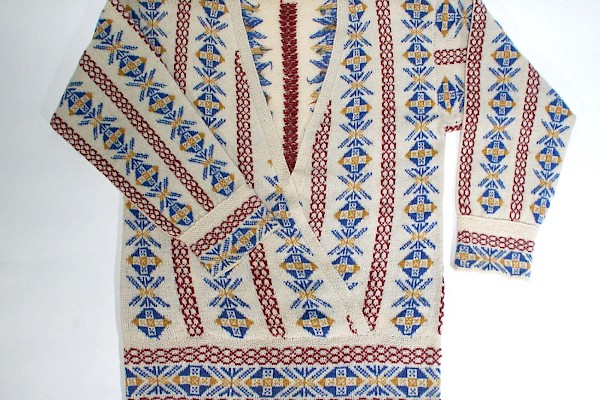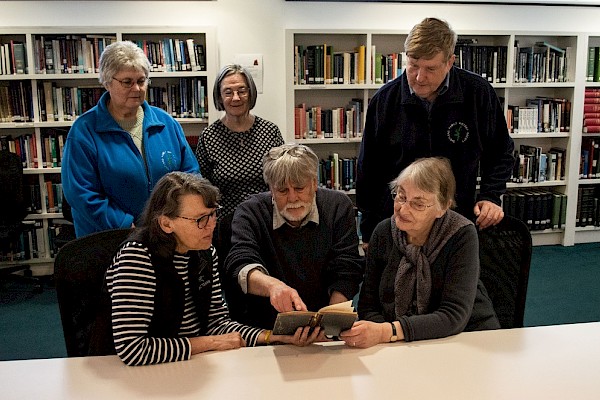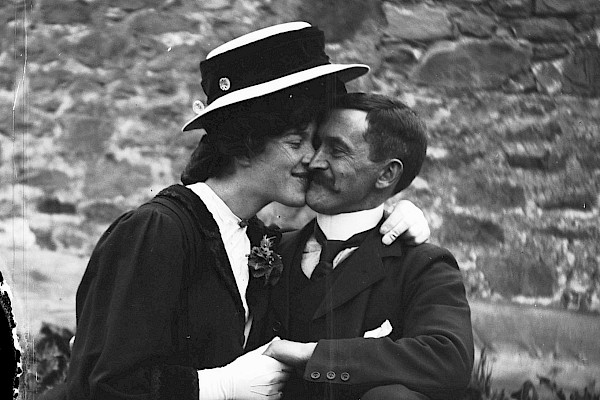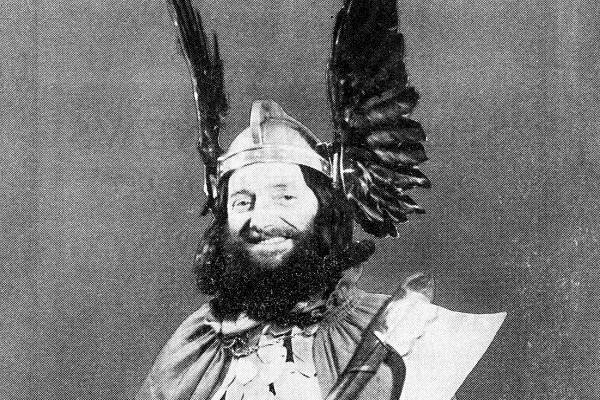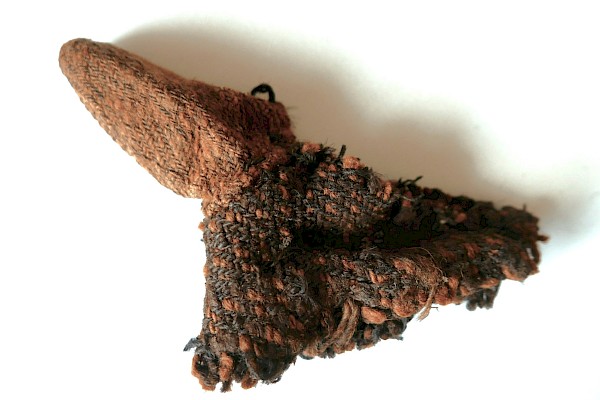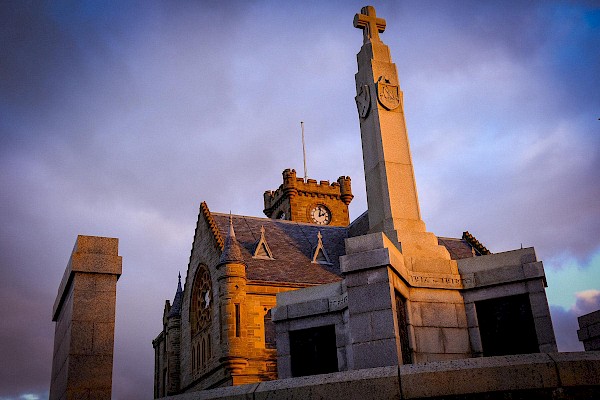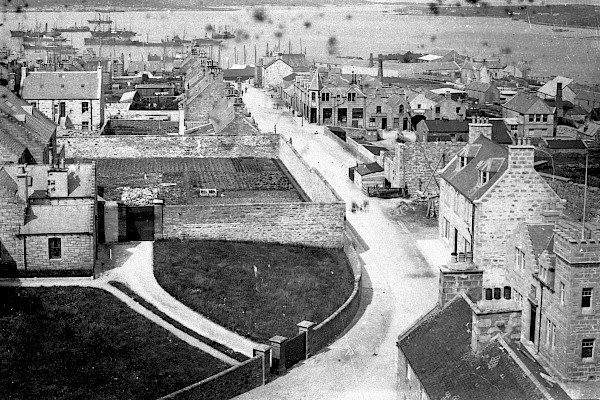550 Years Ago: how Shetland became part of Scotland - part 2
Shetland and Orkney became part of Scotland 550 years ago, on 20 February 1472. Denmark’s economic interests were concentrated in the east, and King Christian I was keen to get rid of his islands in the west. James III of Scotland was equally intent on acquiring them.
This post follows on from last week's blog - 550 Years Ago: how Shetland became part of Scotland
Not everyone approved of the new arrangements. The Norwegian and Danish Councils of the Realm were furious. They regarded the pawning as an affront. They forced King Hans, Christian’s successor, and Hans’s own successors, to swear an oath at their coronations that they would redeem the pledge. The kings duly swore, but for many years they did little or nothing about it.
Sometimes, indeed, the Scots brought up the matter. In June 1514, for instance, John Stewart, duke of Albany and regent of Scotland, needed soldiers in a war with England. He hoped to get 6,000 of them from Christian II of Denmark. In return he offered the Danes Orkney and Shetland.
A month later Christian wrote a letter to the islanders. ‘Dear friends,’ he began, ‘you know that you rightly belong under the crown of Norway, even though you are pawned to the king of Scotland. But we intend to redeem your land very soon for the crown of Norway, to remain under us and the king of Norway, as it ought to be by right.’ But nothing happened. Christian didn’t take the opportunity to redeem the islands.
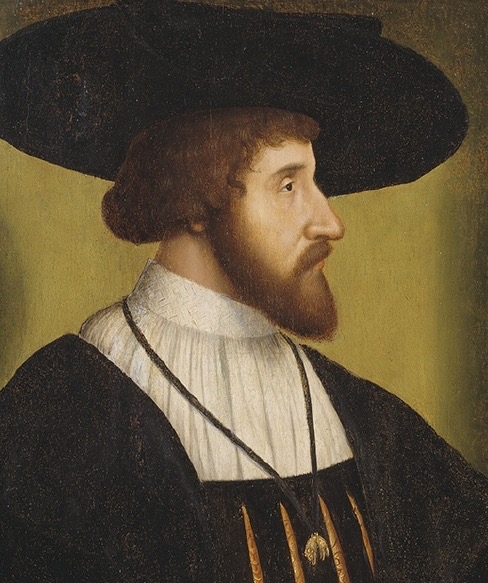
And something similar happened ten years later. By that time Christian had been deposed, and had been replaced by his uncle, Frederick I. Scotland was in danger from England again. Albany approached Frederick. This time he wanted money to pay his soldiers. ‘If Frederick cannot provide the pay,’ he said to his envoy, ‘let him send gold to redeem the province of Orkney, pledged to Scotland for 100,000 florins. Then Scotland will pay the men, and Orkney will revert to Denmark.’ But once again not a thing happened. Orkney and Shetland stayed where they were. The Danes weren’t sufficiently interested.
It wasn’t until the late 1530s, seventy years after the pawning of the islands, that the Danish kings began to take their coronation oath about the matter seriously. Christian III and Frederick II adopted two tactics at different times. One of them was to try to install the official called a lawman in the islands. In 1539 Christian sent someone with Shetland ancestry west as his lawman. But the stratagem didn’t work. James V of Scotland was seriously annoyed, and in the 1540s abolished the office of lawman in Orkney. The Shetland lawman disappeared a few years later.
Christian and Frederick also tried a diplomatic route. In 1549 Christian levied a special tax to pay for the redemption of the isles. He demanded a rendezvous in Orkney with the earl of Arran to hand over the money. But the Scots diplomats equivocated. They said that they had no instructions about the matter, or that they would discuss it at a later date.
They went on equivocating. In 1564 a Scots ambassador heading to Denmark to negotiate a treaty got secret instructions from his government. ‘In case anything is proposed to you touching Orkney and Shetland’, his advisers recommended, ‘touch no wise that string, but allege that ye are no wise instructed anything in that head, nor never heard any question or controversy made within this realm at any time about that matter, and therefore can give no answer thereto.’ The Scots had no intention of giving up the islands.
The biggest Danish embassy about the matter came to Scotland in 1585. Two Danish councillors, accompanied by a brilliant legal scholar, Dr Nicholas Theophilus, and 120 colleagues, arrived in summer that year. Dr Nicholas regaled James VI with a learned lecture on the Danish claim. He needn’t have bothered. James told the embassy that because of an outbreak of plague he didn’t have access to his records. He gave them a gold chain and sent them home.
There were no more remotely hopeful attempts by the Danes. Between 1590 and 1640 the Scots and Danes agreed that the claim of both countries should be placed in suspension, and that in the meantime Scotland should remain in undisturbed possession. Those were years when Shetland and Orkney were becoming more and more Scottish as time went on.
The last Danish whimper came at Breda in Holland 1667, at the end of the Anglo-Dutch war. The Danish ambassadors there argued strongly that the islands should be restored; their English counterpart said that he had no instructions about the matter, and asked for the matter to be erased from the draft treaty. The Danes agreed, and argued that the Danish claim should ‘remain whole and entire until a more favourable occasion’. But that occasion never came. There were no more Danish claims. Scotland had been in charge in Shetland and Orkney for 200 years – and always would be.
